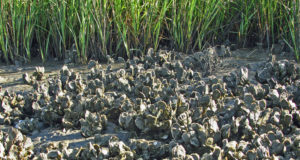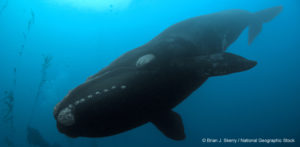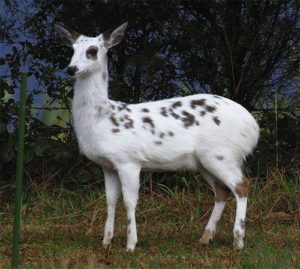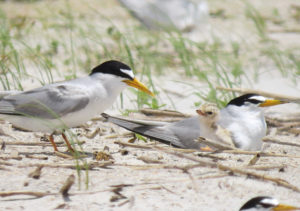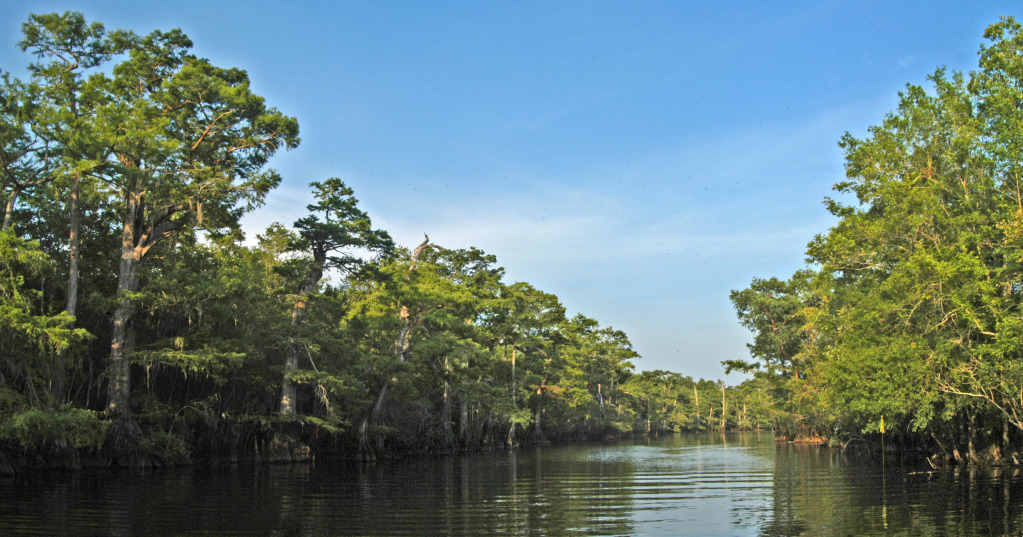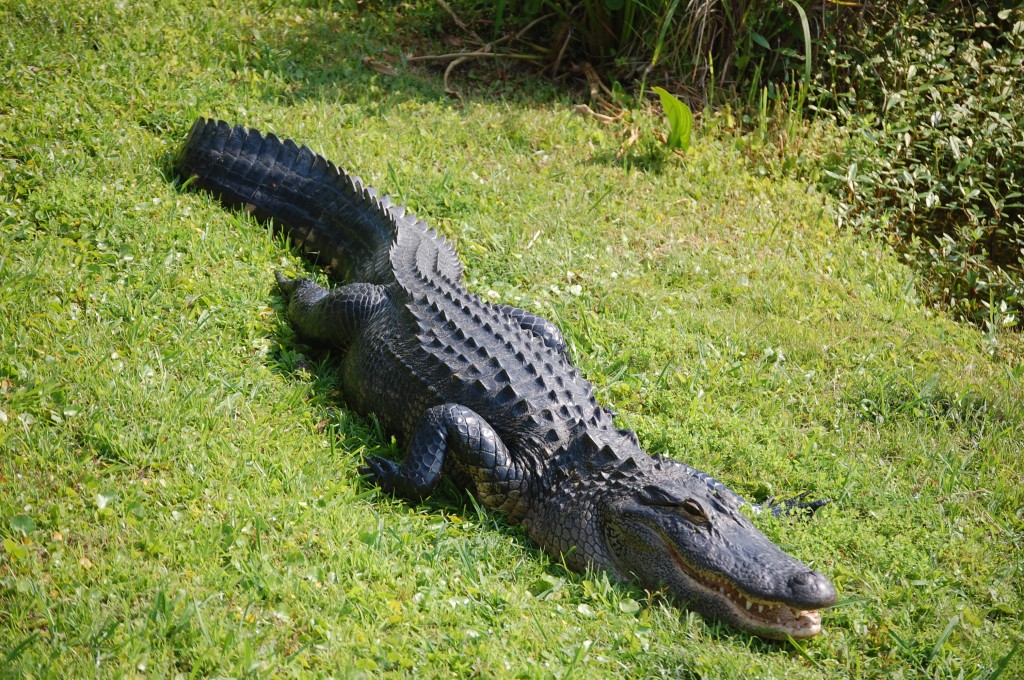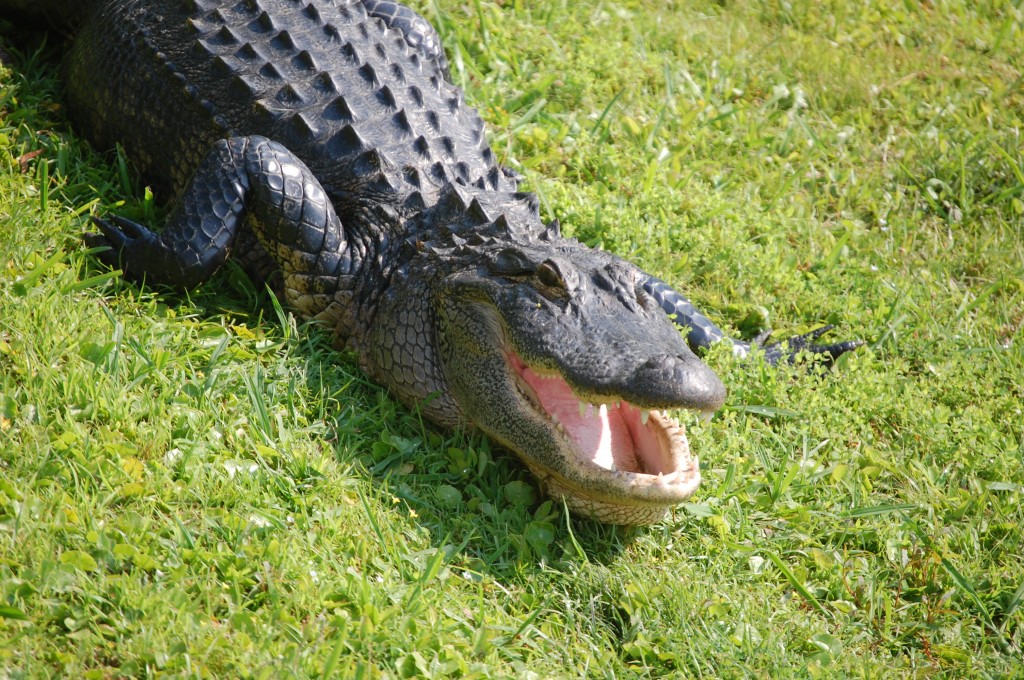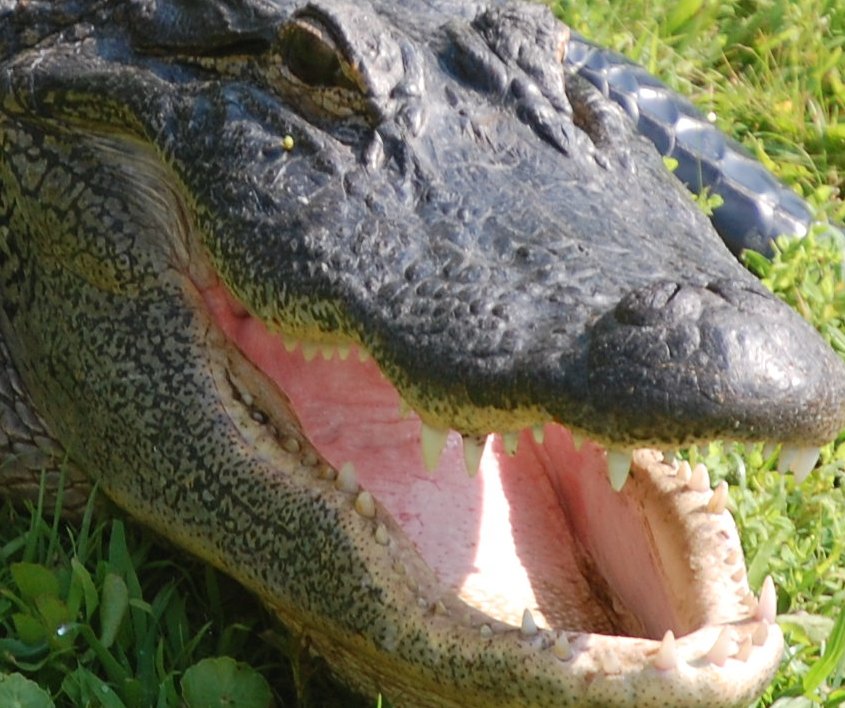Ingram Planetarium will premiere a new full-dome program titled “From Earth to the Universe” during its April schedule.
The night sky, both beautiful and mysterious, has been the subject of campfire stories, ancient myths and awe for as long as there have been people. A desire to comprehend the Universe may well be humanity’s oldest shared intellectual experience, yet only recently have we truly begun to grasp our place in the vast cosmos. To learn about this journey of celestial discovery, from the theories of the ancient Greek astronomers to today’s grandest telescopes, we invite you to experience “From Earth to the Universe!”
Doors open at 11:30am on Friday and Saturday throughout April. The full schedule of shows and events for April are listed below:
Sky Theater Shows
All Sky Theater presentations are accompanied by a live star show.
12:00 The Sky Tonight! – LIVE
Find out “what’s up” tonight! Explore the planets, constellations, and other celestial events visible in the Carolina night sky.
1:00 From Earth to the Universe – NEW
Voyage through time and space as we encounter planets, stars, and other wonders of the Universe in this NEW full-dome experience.
2:00 Accidental Astronaut
Follow the adventures of Sy, Annie, and their dog Armstrong, as they embark on an unexpected journey into space exploring the sun and moon. Recommended for families and children.
3:00 Dynamic Earth
Planet Earth is our spaceship traveling through the cosmos, but do you really know how our home works? Discover the inner workings of our planet!
Immersive Laser Music Shows
Laser shows will be offered on select Saturday evenings throughout the spring at 7:00pm:
April 1 Led Zeppelin
April 8 Michael Jackson
April 29 Laser Country
Special Events
April 7 Stars at Sunset
April 10-13 Open Monday-Friday for Brunswick County Spring Break
April 22 5th Annual NC Statewide Star Party (in association with the NC Science Festival)
Public funding for “Accidental Astronaut” was provided by the Town of Sunset Beach through its Accommodation Taxes.
Ingram Planetarium is located at 7625 High Market Street in Sunset Beach, NC. Admission is free for members. Non-member, per-show admission (including NC sales tax) is $9.50 for adults, $8.50 for seniors (62+), $7.50 for children (3-12), and free for age 2 and under. For more information, call 910-575-0033, visit www.museumplanetarium.org, or like us on Facebook.com/IngramPlanetarium.


